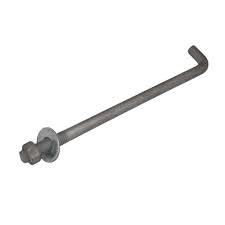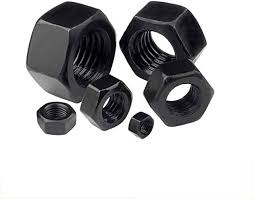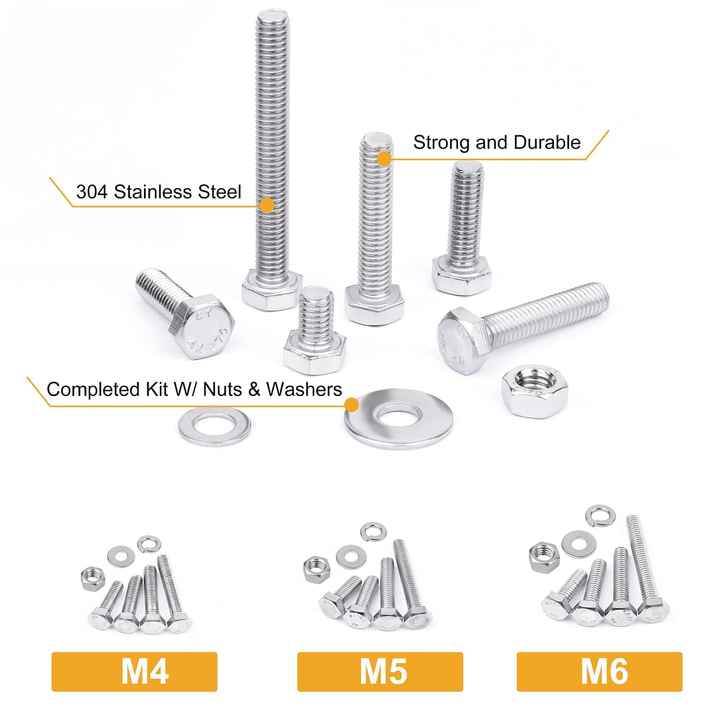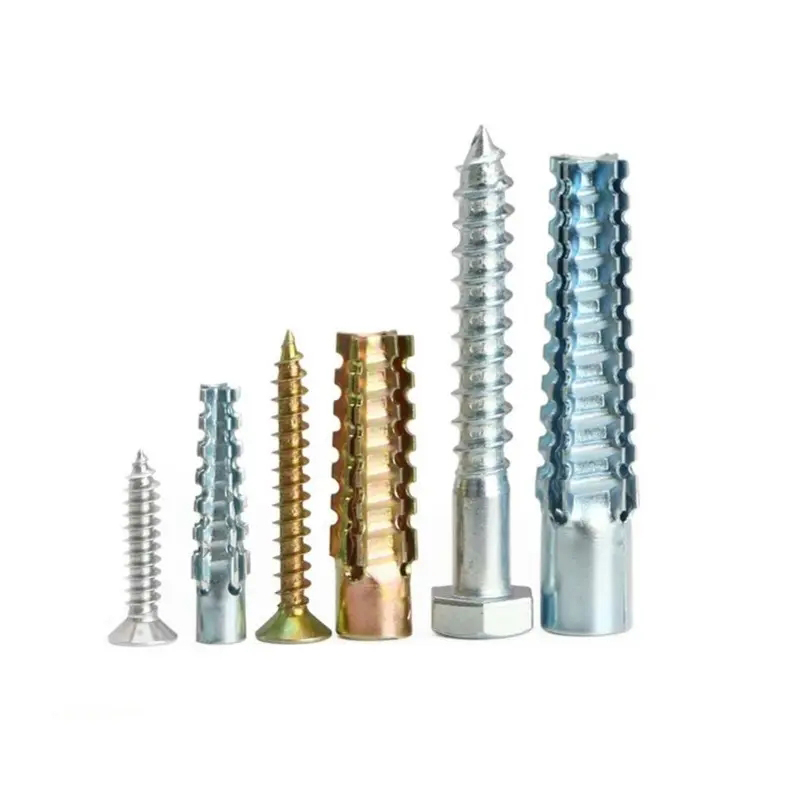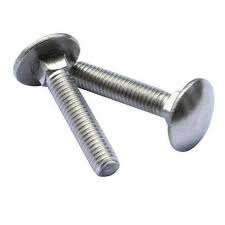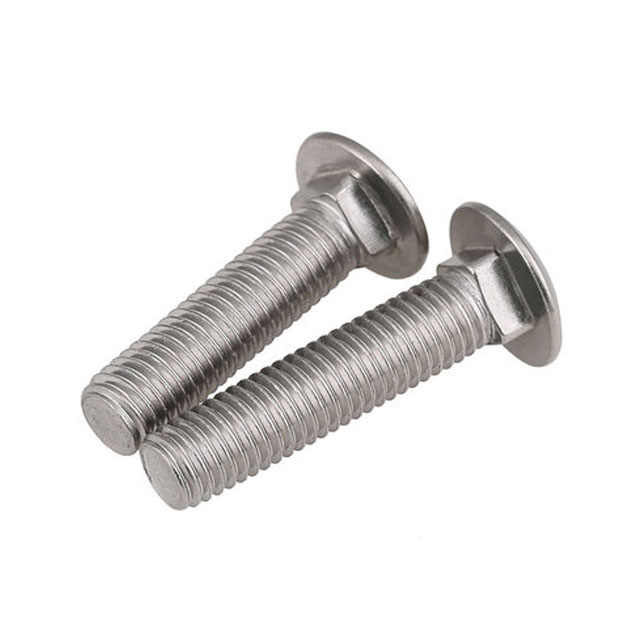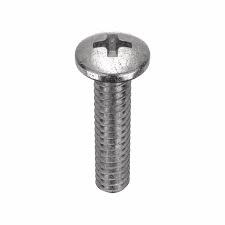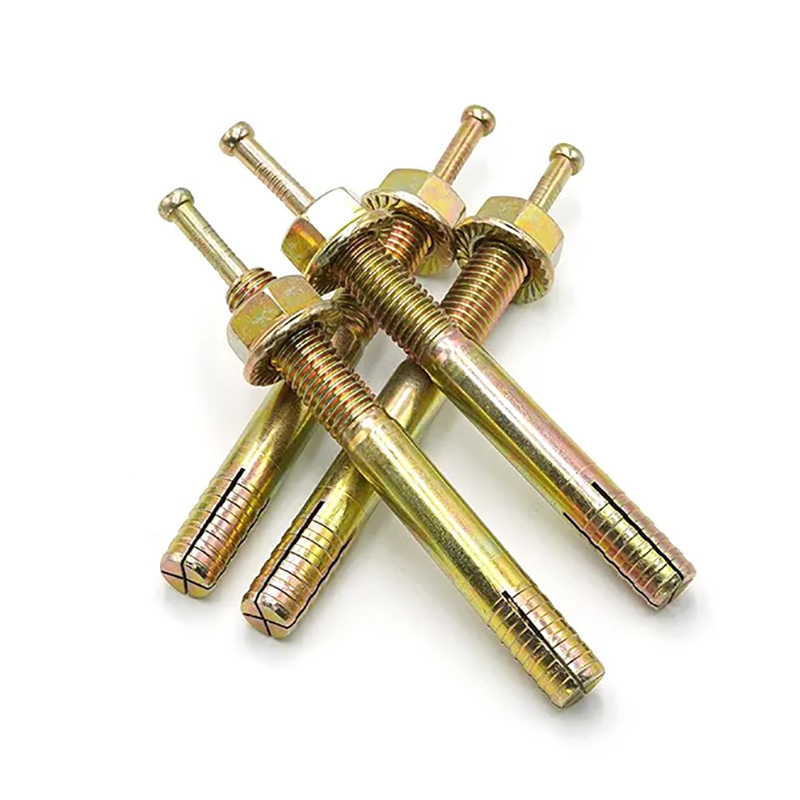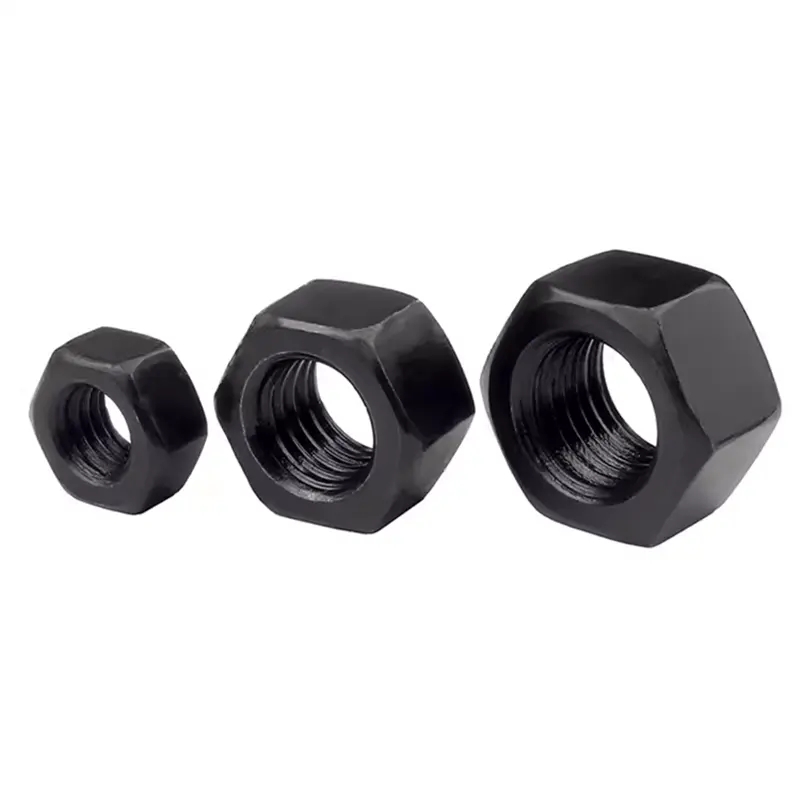

This guide provides a thorough explanation of ISO 7411, covering its key aspects, applications, and implications. We'll delve into the standard's requirements, explore common misconceptions, and offer practical advice for compliance. Learn how ISO 7411 impacts various industries and how to ensure your products meet its specifications.
ISO 7411 is an international standard that specifies the dimensions and tolerances for hexagon head bolts, screws, and nuts. It's crucial for ensuring interchangeability and consistent performance across different manufacturers. This standard covers a range of sizes and materials, providing a comprehensive framework for fasteners used in various applications. Understanding ISO 7411 is essential for engineers, manufacturers, and anyone involved in the selection and use of threaded fasteners.
ISO 7411 details precise dimensions for various components of hexagon head fasteners, including the head diameter, head height, shank diameter, thread pitch, and overall length. These dimensions are crucial for ensuring proper fit and function. Tolerances are specified to account for manufacturing variations, guaranteeing interchangeability.
While ISO 7411 primarily focuses on dimensions, it also references material properties. The standard doesn't specify materials directly but often links to other ISO standards that define material requirements for different grades of steel or other metals. This ensures the selected materials meet the necessary strength and durability for the intended application.
Correct marking is vital for identifying compliant products. ISO 7411 outlines the requirements for marking fasteners to clearly indicate their size, material grade, and other relevant characteristics. Proper marking ensures traceability and facilitates accurate selection.
The applications of fasteners conforming to ISO 7411 are vast and span numerous industries. These include:
In each of these sectors, consistent and reliable fasteners are critical for ensuring structural integrity and operational safety. Adherence to ISO 7411 minimizes the risk of failure and maintains high-quality standards.
Ensuring compliance with ISO 7411 often involves rigorous quality control measures. Manufacturers use various inspection techniques to verify that their products meet the specified dimensions and tolerances. Independent testing and certification are also commonly employed to provide assurance to customers.
Selecting the appropriate fastener requires careful consideration of several factors, including:
Consulting relevant engineering standards, including ISO 7411, is crucial for making informed decisions.
Understanding ISO 7411 is essential for anyone working with hexagon head fasteners. This standard provides a framework for ensuring consistent quality, interchangeability, and reliable performance. By adhering to ISO 7411, manufacturers can produce high-quality products, and users can confidently select fasteners that meet their needs. For high-quality fasteners meeting ISO 7411 standards, consider exploring suppliers like Hebei Dewell Metal Products Co., LTD.
| Comparison | ISO 7411 Compliant | Non-Compliant |
|---|---|---|
| Dimensional Accuracy | Meets specified tolerances | Exceeds tolerances |
| Interchangeability | Interchangeable with other compliant fasteners | May not be interchangeable |
| Reliability | High reliability and performance | Potential for failure or malfunction |
1 ISO 7411:2017 - Hexagon socket head screws - Part 1: Product specification

